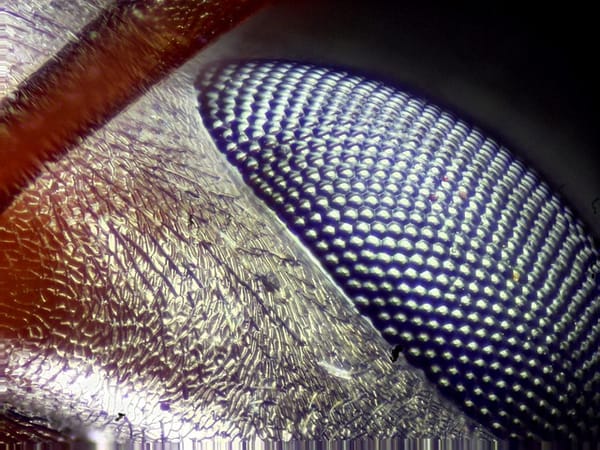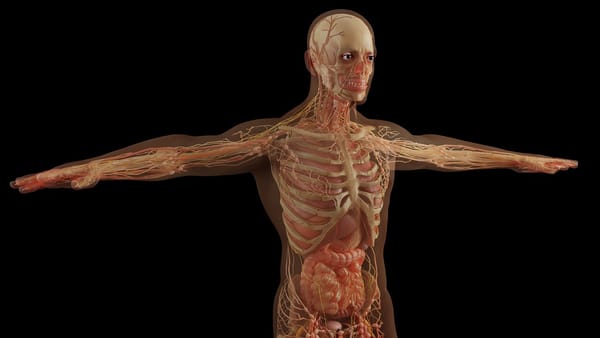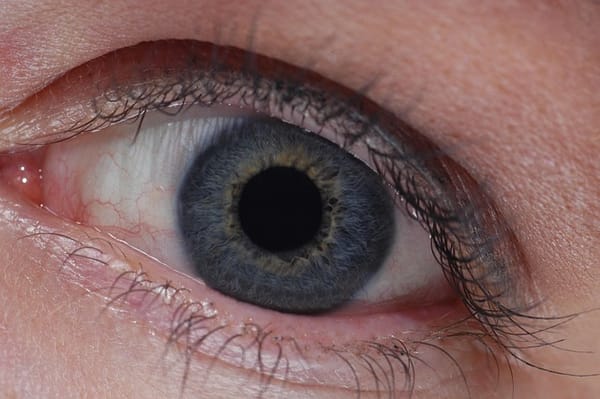Introduction to Re-framing the Microscope Protocol
A microscope does not show us reality directly. It delivers an image shaped by lenses, illumination, magnification, and the conceptual models that stand behind its design, as well as the models used in inference and deduction . What we see is therefore a translation — a mediated sign, already filtered and in some sense deformed. Modern science has treated this translation as if it were reality itself, forgetting that both instrument and interpretation are always active participants.
The problem deepens when we consider the role of the observer. The conventional framework assumes that human attention must be minimized, reduced to the smallest possible factor, in order to guarantee objectivity. But this assumption rests on a deeper model — the belief that thought and consciousness are not realities in themselves, but only byproducts of brain activity. Within such a model, attention is treated as interference, not as an instrument.
What happens if we reconfigure the model? If we take as our starting point the direct observation that thought, attention, and awareness are real — that they can be perceived, cultivated, and directed — then the posture of the observer changes. Attention becomes something to be handled with the same care as any scientific instrument. It must be kept clean, steady, proportionate, and never magnified into spectacle. Just as one prepares a Petri dish without passion or distraction, so the scientist prepares inner stillness: a quiet, receptive state in which phenomena can disclose themselves.
This posture is delicate. To make attention impassioned does not mean erasing the self. On the contrary, there must be a slight but continuous tension of presence, a steady hand that holds the inner space without intruding. Without that subtle presence, nothing reveals itself. With it, the mediated images of the microscope can be reconditioned — traced back toward their life-related forms, perceived not only as technical data but as expressions of living reality.
Such work requires method. Short, literal descriptions of the image should be recorded first, followed by phases of inner resonance in which impressions are allowed to arise and are logged with precision. Instrument parameters can then be perturbed in controlled ways, with predictions about how the inner resonance will change. Sham runs should be included, to safeguard against expectation. Over time, stable mappings between instrument features and inner qualities can be established, checked across observers, and tested for re-producibility.
The outcome is not less science, but more. By acknowledging and cultivating attention as a reality in itself, the scientist adds a dimension of rigour that has until now been excluded. The neutrality of the observer — often described as detachment — is here revealed as a subtle sacrifice: an offering of passionless state of inner peace that is as precious and rare — or rarefied — as any physical reagent. When damaged or lost, the soul cannot think clearly or open itself to the world. When cultivated, this peace becomes the condition of genuine perception — a receptive emptiness in which reality can speak.
This re-framed method does not reject the microscope. It integrates it. The instrument remains indispensable, but so too does the consciousness that engages it. Together they form a co-instrument, capable of revealing layers of reality that neither alone could disclose.







